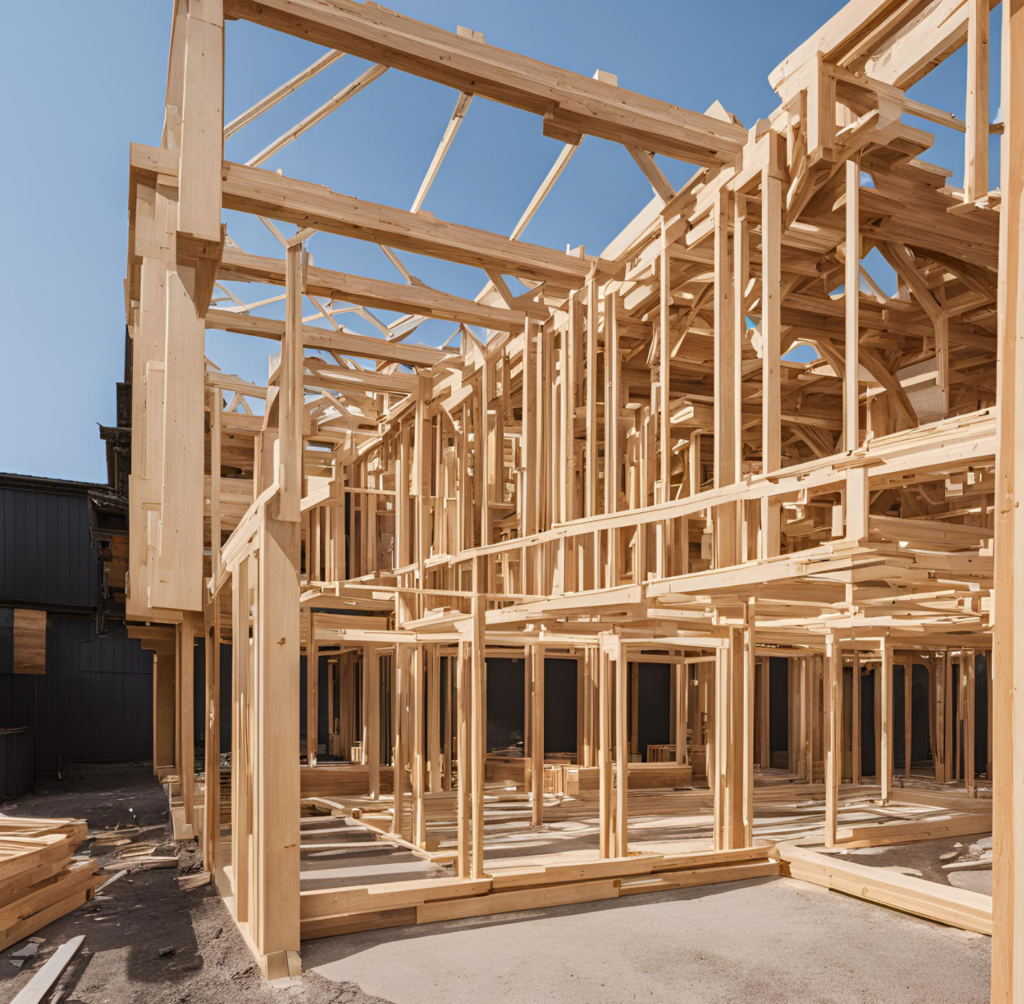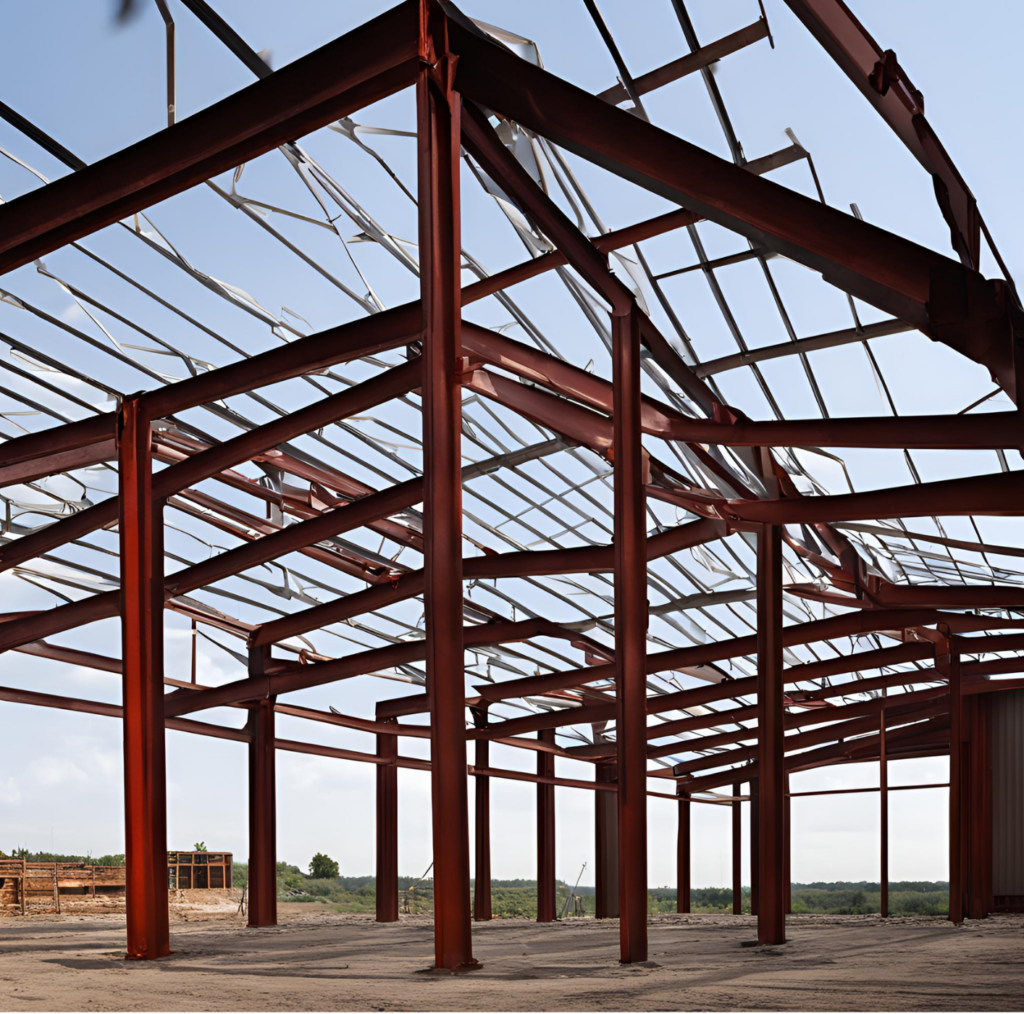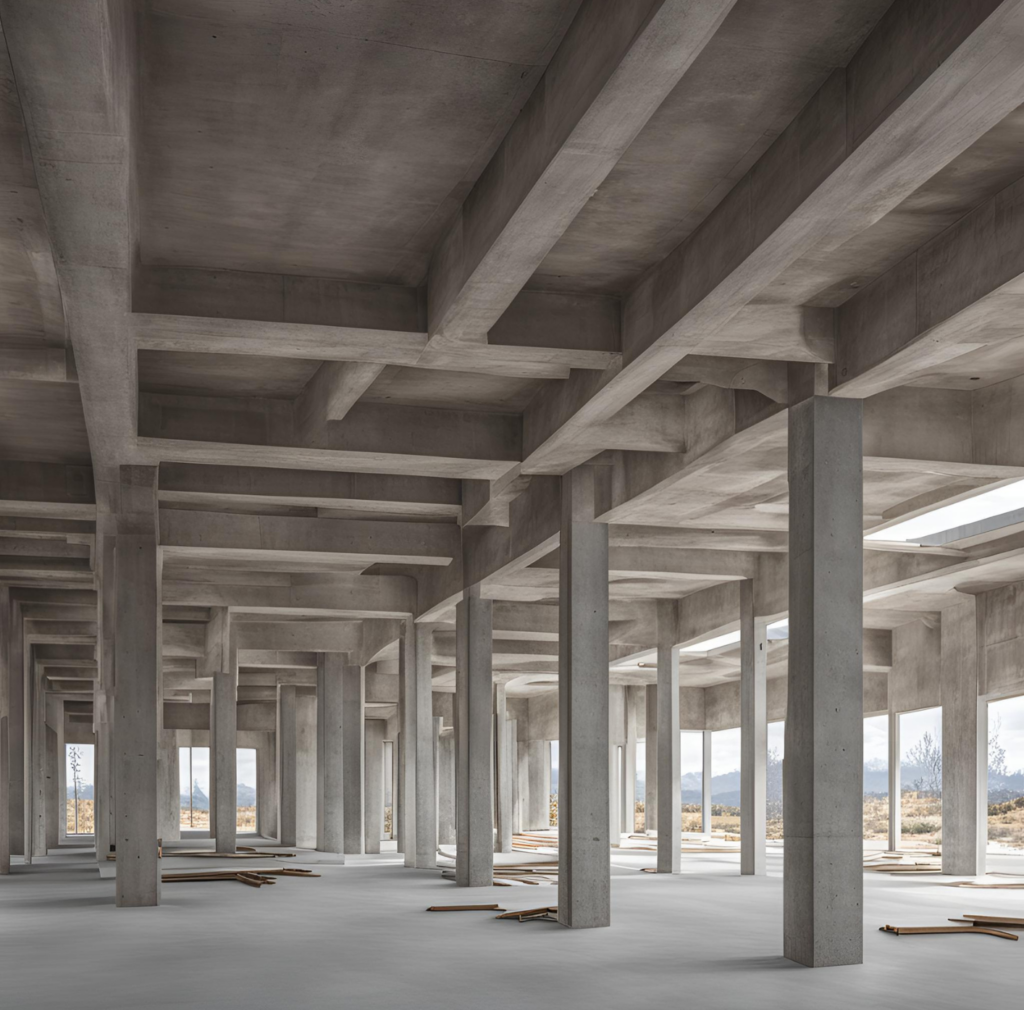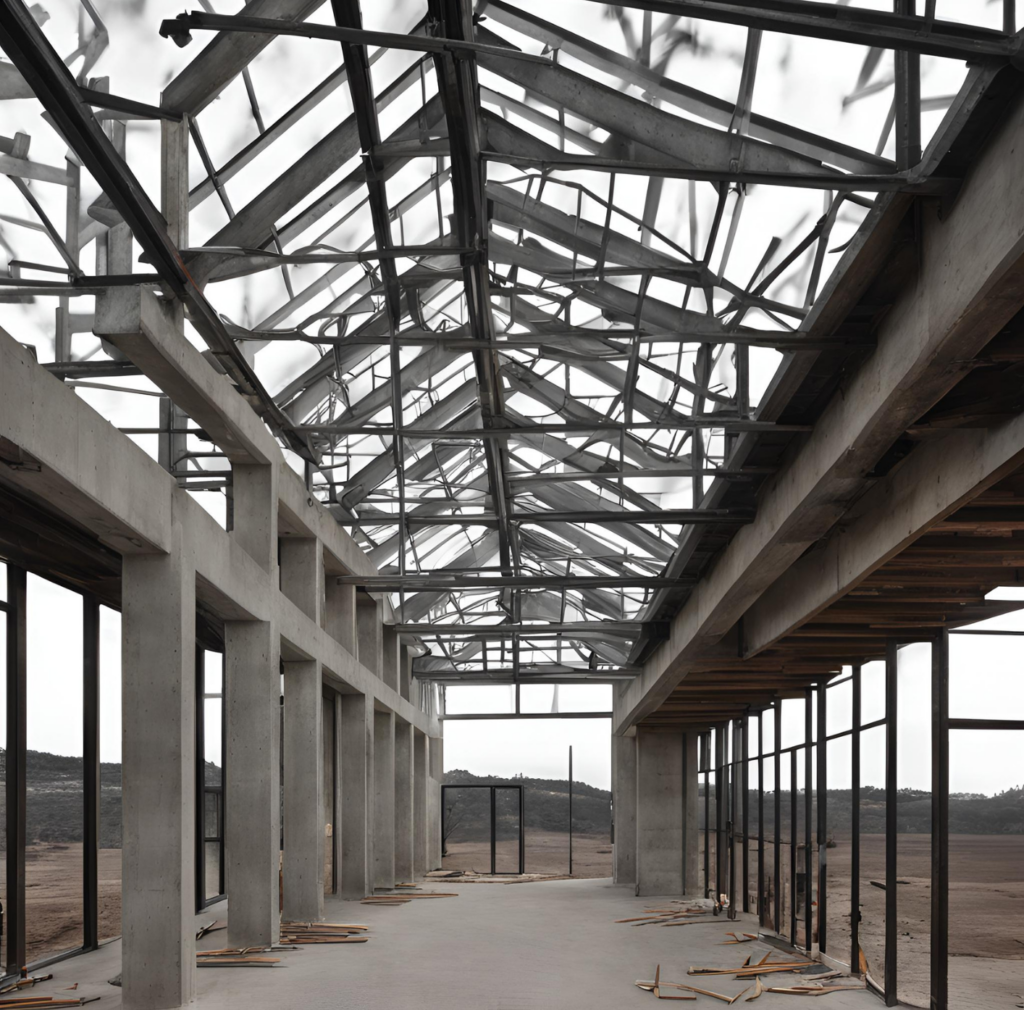In recent times, the construction of buildings has gained valuable recognition in the built environment. This is because buildings are known for their exquisite beauty and dominant nature in our various cities. One thing we have to understand is that architects and Engineers design these structures to act in harmony and togetherness which is achieved by the introduction of frames in the building to help in the smooth transfer of loads to the foundation.
Frame structures are fundamental engineering marvels that have shaped the modern world, providing stability, strength, and versatility in construction projects across diverse industries. From towering skyscrapers to sprawling industrial complexes, frame structures serve as the backbone of our built environment, supporting the weight of buildings, bridges, and infrastructure with precision and efficiency.
There are various types of frame structures which depend on the type of material being used and the way they are connected. In this article, we are going to consider the type of material.
Wooden frame
This type of structural building has been around for many years and is the oldest of them all. Wood is still a very popular raw material in building, especially in nations with an abundance of high-quality wood such as Canada, Sweden, Finland, Norway, and Poland.

Timber has a variety of structural uses, such as in marine construction (building wharves, piers, and cofferdams); heavy civil construction (building bridges, piles, shoring, and pylons), and others. Out of all the building materials, only wood occurs naturally. This makes it a very difficult material to describe and partly accounts for the large variance in the strength of lumber, not only between distinct species but also among the wood of the same species and even from the same log. The wasteful use of wood was costly and environmentally damaging. Stress-graded timber has resolved this issue. Wood species are divided into softwoods and hardwoods based on botanical classification. Selection is challenging due to availability, pricing, performance, and appearance. Softwoods are commonly used in UK standard designs. Despite having its advantages (renewable, fairly low cost) there are also disadvantages (flammable, not strong enough to withstand wind and earthquake)
Steel frame
Steel frames consist of beams and columns that are either welded or bolted together to form one desired structure. These various components come together to carry and distribute the loads coming unto the structure. This type of frame is mostly used for industrial buildings such as warehouses and also used for residential, commercial, and other purpose buildings.

Engineers usually opt for this method since its construction is usually fast compared to concrete which after casting should be cured for some time. Steel frames allow good flexibility and durability, with steel’s good weight-strength ratio less reinforcement would be used in the foundation because of the light weight of the structure. This makes them a perfect choice for a sturdy, long-term construction project at a low cost.
Reinforced concrete (RCC) frame

One of the main materials utilized in structural design is reinforced concrete. It’s a composite material with incorporated steel reinforcing bars. The qualities of these two materials complement one another. Concrete has a low tensile strength but a high compressive strength. Conversely, steel bars will give way under relatively moderate compressive loads, but they can withstand significant tensile strains. Concrete is far less expensive than steel. An affordable structural material that is robust in both compression and tension can be created by placing steel bars primarily in the areas of a concrete member that will be subjected to tensile loads.
Furthermore, the concrete protects the more delicate embedded steel reinforcement from corrosion and fire.
Composite building structure

A composite building structure combines different materials like steel and concrete to optimize strength and efficiency. By leveraging the strengths of each material, these structures offer enhanced durability and flexibility, making them ideal for tall buildings and bridges. In this type of structure, different materials can be used for different structural components, like adopting RCC for slab and steel for beams and columns. Reinforced concrete slabs offer excellent compressive strength for heavy loads and stability, while steel beams/columns provide high tensile strength and flexibility for long spans and open floor spans. To prevent the concrete slab from slipping off the steel beams, shear connectors(studs) are provided. Advantages include rapid construction, reduced material usage, and increased fire resistance, making them ideal for various projects like high-rises, bridges, and industrial facilities.

